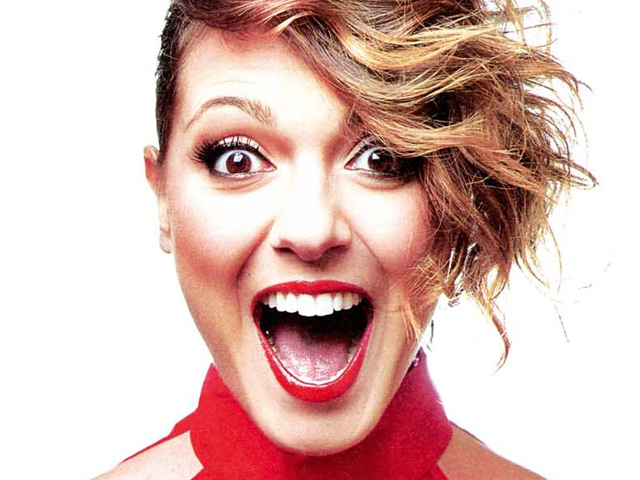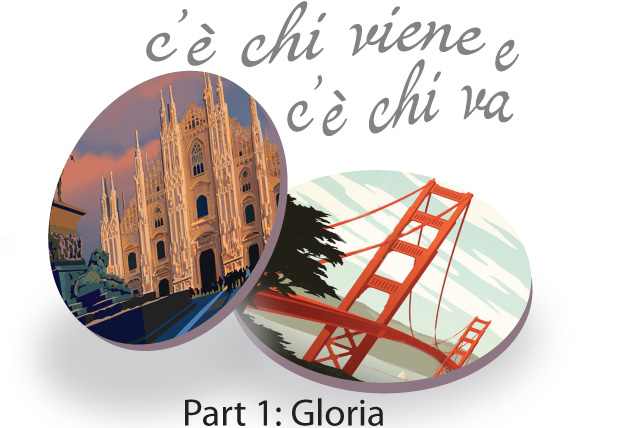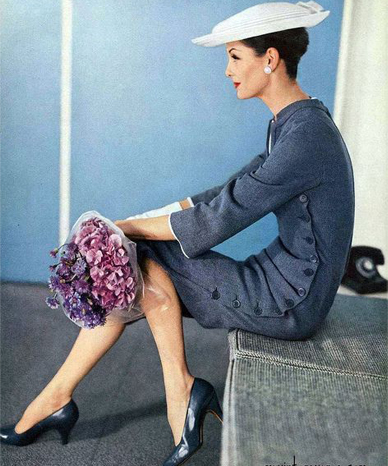
In a preceding blog post, I featured a new novel written by Jan Moran. The book is called: The Winemakers.
Con piacere vorrei presentare un guest post dalla scrittrice in cui lei parla di moda e stile dei personaggi nel suo nuovo libro. Ecco il guest post di Jan Moran.
With pleasure, I would now like to feature a guest post by the author in which she talks about the fashion and style of the characters in her new book. Here is a guest post by Jan Moran.
Guest Post by Jan Moran

“The fabric of their lives had been ripped apart at the seams
by secrets, shredded by the scissors of truth.”
From The Winemakers
When I began to write The Winemakers, I pictured the story in vivid detail in my mind, as I do with each novel. Besides imagining the setting and characters, I also consider what the characters will wear, how their hair is styled, and how their choice of car or home reflects their personality and priorities. For example, would a fancy car mean that a man is vain and wants to create an impression of wealth, whether he is or not? Or would it mean that he’s worked hard and deprived himself of much in the process, so his new car is a reward and represents his determination to succeed? Characters are fleshed out by the choices they make and the meaning behind them.
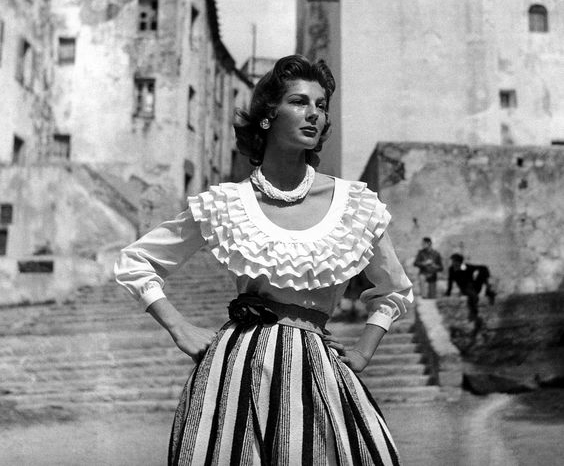
On clothing, I often consider why people dress the way they do. Does a woman have high aspirations in life? Is she dressing the part, whether she can afford to or not? Are there any tiny, telling details she might’ve missed? Or perhaps she’s dressing the way she was raised to dress, so her style is a reflection of her family’s status. Maybe she’s rebelling against high style and deliberately dresses down—or is she merely being practical? On accessories, is her jewelry fine or is it a costume? Does she wear any jewelry at all, or far too much? All these questions serve to create memorable characters that seem real.
Once I’ve decided on a character’s style, I research the styles of the period and the region. Today a woman can buy the same in dress in many parts of the world—brands such as Benetton, Chanel, and Calvin Klein have a global presence. But this wasn’t always the case. For Caterina, I researched what fashionable women in Paris wore in the 1950s, and what women wore in Montalcino, Italy in the 1950s. What were the American styles in the 1920s and 1950s? Were skirts straight and sleek, or full and fluffy? This research is such fun, and I love to create Pinterest boards to reference as I write.
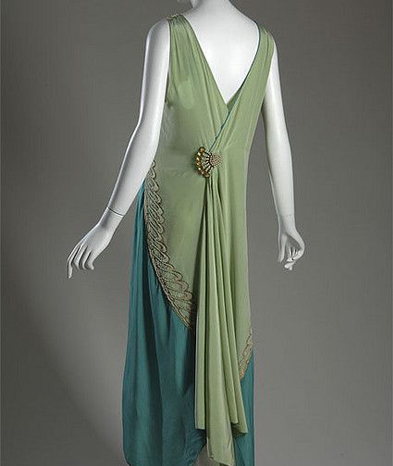
Of course, what characters wear is important, but why they’ve chosen certain styles goes to characterization. For example, in one scene I show a character’s transformation through style. Ava shortens her skirts and bobs her hair as she begins to adjust to and embrace her new place in America. Her choices illustrate her growing confidence and her changing attitude toward her husband.
Personal style and fashions were just one method I relied upon to bring characters to life in The Winemakers. I hope my descriptions help readers visualize the period and characters in the story.
Grazie Jan!


